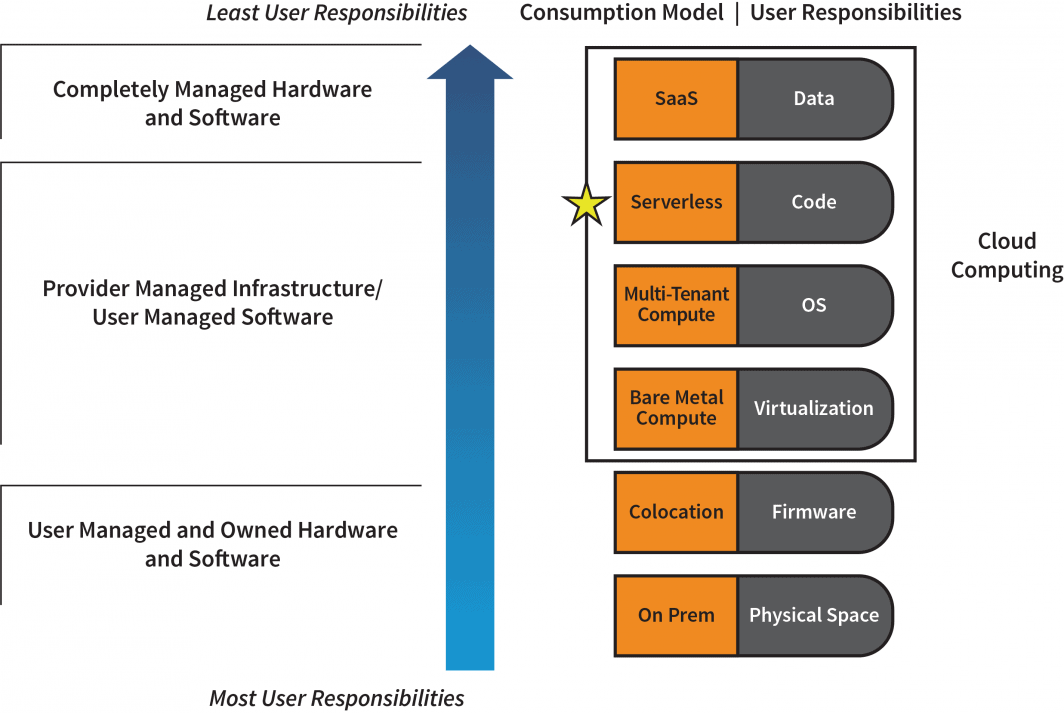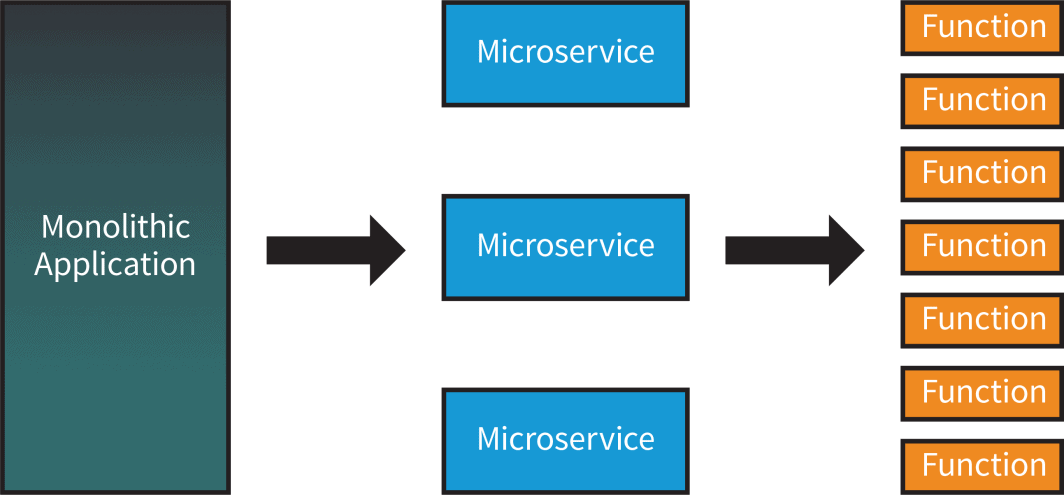Functions, Serverless, and Kubernetes — These tools and their underlying concepts can get blurry as you prepare to build your first containerized application. This post demystifies these key topics for building scalable cloud-native applications.
What is Kubernetes
Kubernetes is a container orchestration used to manage the lifecycle of containers and the nodes on which they run.
break down:
- in general, container An application packaged with underlying OS-independent dependencies for additional libraries.
- Containers are grouped as follows pod it runs node.
- a node Often a VM running Linux (but technically any virtual or physical server in a cluster running a group of Pods or containers).
Kubernetes is to orchestrate Creating nodes and deploying, destroying, and moving containers and pods to nodes based on developer-defined criteria.
Kubernetes is essential for building and automating containerized applications for scale and high availability. If you’re new to Kubernetes, we have plenty of educational content to help you get started.
Kubernetes is very different from serverless functions and FaaS, but it is often used to power the backends that make these architectures possible.
What is Serverless?
Serverless is a development model that allows developers to focus on distributing code through containers without having to manage servers or other cloud infrastructure. Cloud providers manage everything from the server/OS level and are responsible for providing a highly streamlined environment for developers to write and deploy code.

What is a function
By building modular components for applications, commonly called microservices, developers can segment “chunks” of code for frequently used functionality. These chunks are called functions and are executed when triggered by an event.
A user activity that triggers an event or set of events can be deployed as a function. For example, when a user signs up on her website, it might trigger a database change that triggers a welcome email. A chain of serverless functions can handle the backend work.

What is Function as a Service (FaaS)?
The “as a service” moniker is used for just about everything in today’s industry. Generally speaking, everything As a Service means that the cloud provider handles all the backend infrastructure to provide streamlined access to functionality. FaaS allows developers to build and run functionality without maintaining infrastructure. FaaS services are typically billed by execution time. In other words, you are only charged while your slice of code is running. This is very cost effective compared to having the server run his 24/7.
FaaS platforms facilitate the deployment of features by building them on top of specific infrastructure technologies such as Kubernetes, or by providing a GUI for creating features and connecting them to applications without writing code. and easy to manage. (Learn more about low-code and “no-code” applications).
Community-contributed functions make it easy to find and implement logic to optimize your application’s performance. FaaS is a popular offering from many cloud providers that allows users to manage functionality and application infrastructure under one roof.
Interested in Akamai’s capabilities?
If you are currently using any provider’s functions as part of your application development, we would love to hear from you. Akamai’s Cloud Computing Services are looking to add capabilities to our cloud platform. do research Sign up to be contacted when feature services are available in beta or let us know what you’re looking for.

